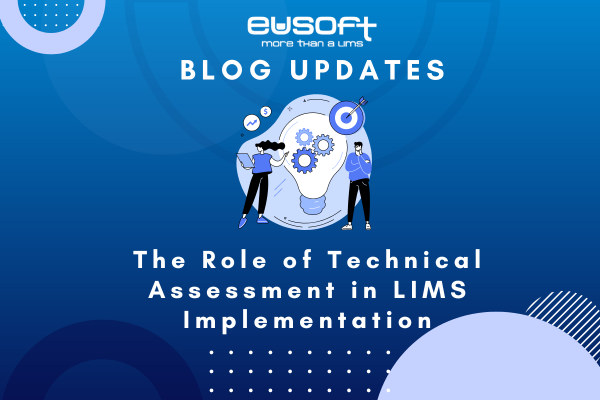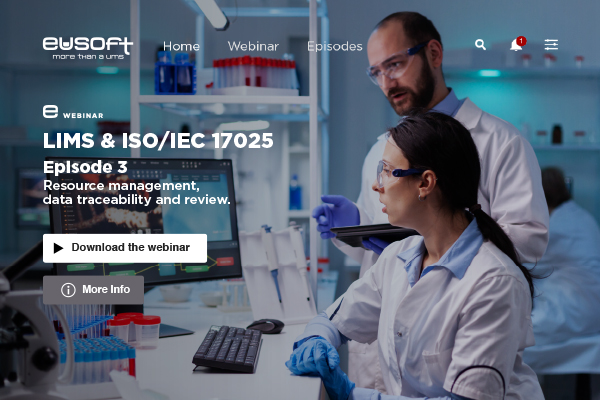Implementing a Laboratory Information Management System (LIMS) can provide many benefits for a pharmaceutical laboratory, such as improved efficiency and compliance with regulatory standards. However, the success of a LIMS implementation project often depends on conducting a thorough technical assessment of the laboratory’s existing systems and processes.
Optimizing Laboratory Efficiency
A technical assessment is an important step in the LIMS implementation process, as it helps to identify the specific needs and requirements of the laboratory. This could involve analyzing the laboratory’s existing systems and processes, as well as gathering feedback from employees and other stakeholders. By conducting a technical assessment, you can identify any gaps or challenges that need to be addressed in order to successfully implement a LIMS.
Ensuring the Ideal LIMS Selection
One of the key benefits of conducting a technical assessment is that it can help to ensure that the selected LIMS is well-suited to the laboratory’s specific needs. By understanding the laboratory’s existing systems and processes, you can select a LIMS that is capable of supporting those processes and meeting the laboratory’s needs. This can help to avoid any challenges or issues that may arise during the implementation process.
Identifying and Mitigating Risks in LIMS Implementation Phase
Another benefit of conducting a technical assessment is that it can help to identify any potential risks or challenges that may arise during the LIMS implementation process. For example, the technical assessment may identify compatibility issues with existing systems, or may highlight the need for additional training or support. By identifying these risks and challenges upfront, you can develop strategies to mitigate them and ensure a successful implementation.
Ensuring Regulatory Compliance
Additionally, conducting a technical assessment can help to support compliance with regulatory standards, such as Quality Control (QC) and Good Laboratory Practices (GLP). By understanding the requirements of these standards, and by analyzing the laboratory’s existing systems and processes, you can ensure that the selected LIMS is capable of meeting those requirements. This can help to reduce the risk of non-compliance, and can support the overall quality.




